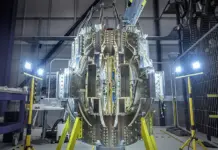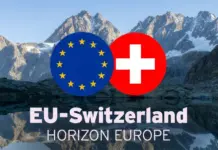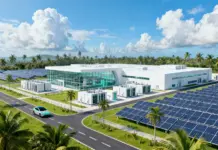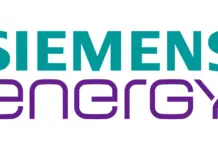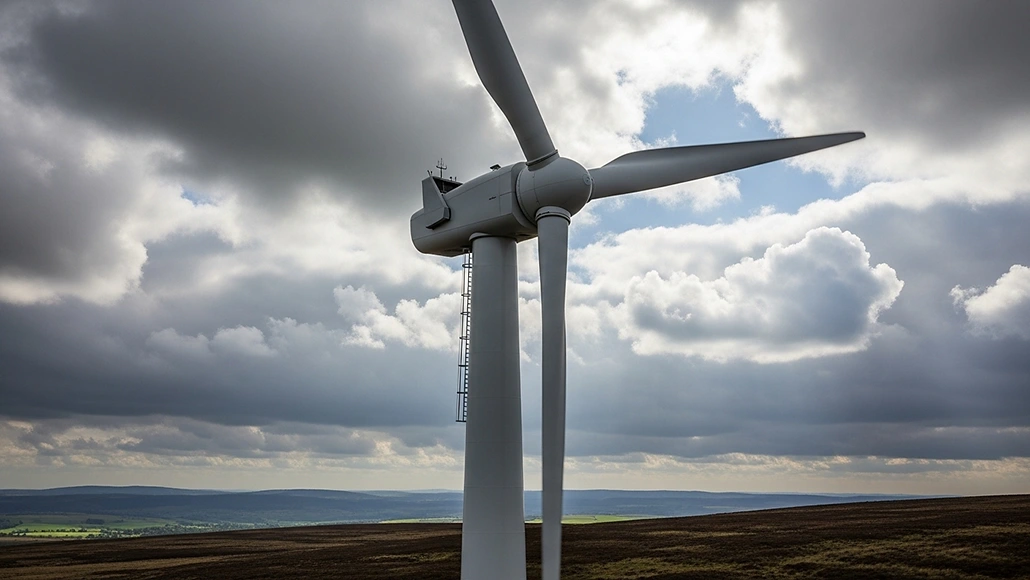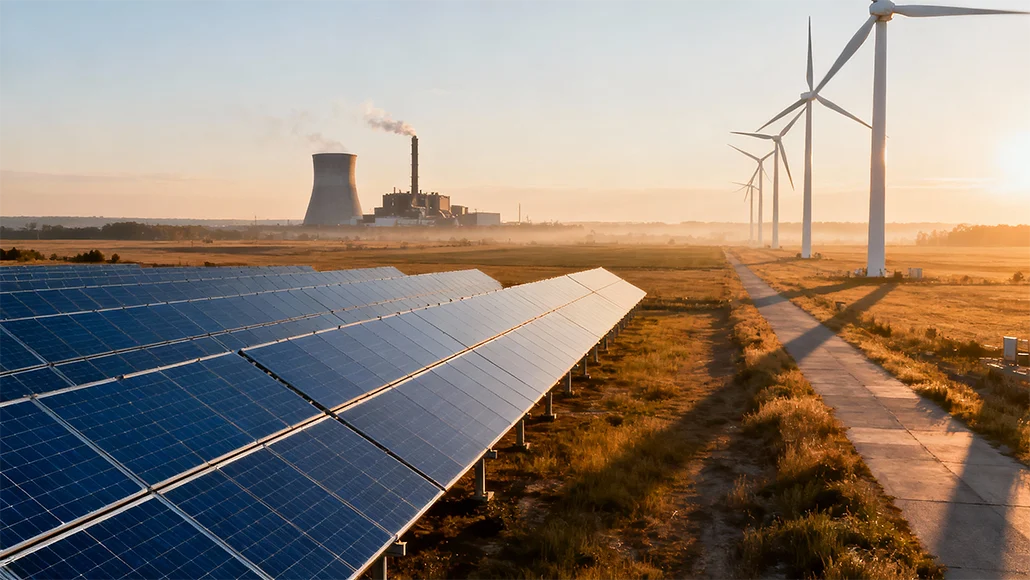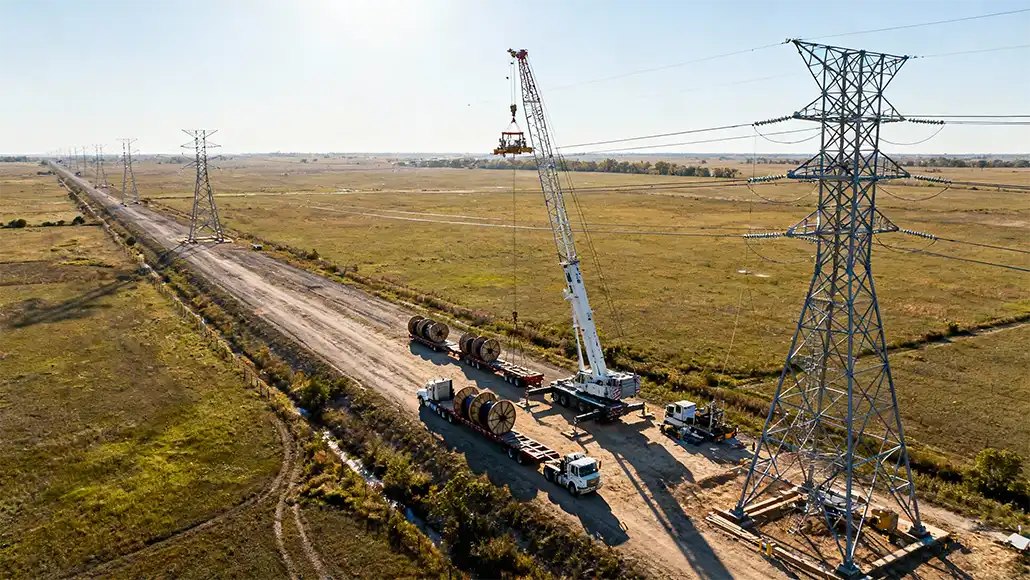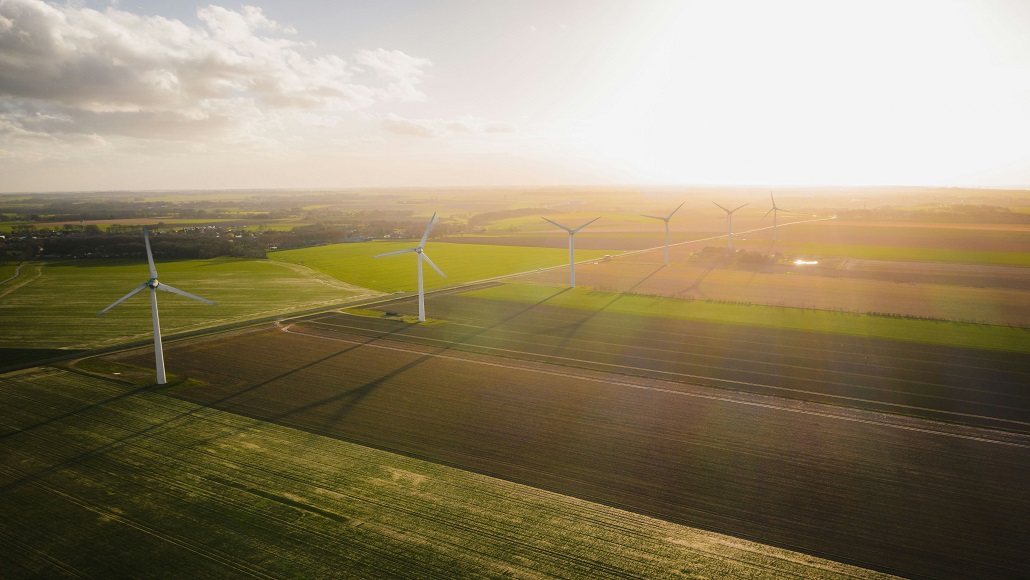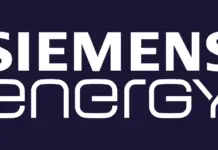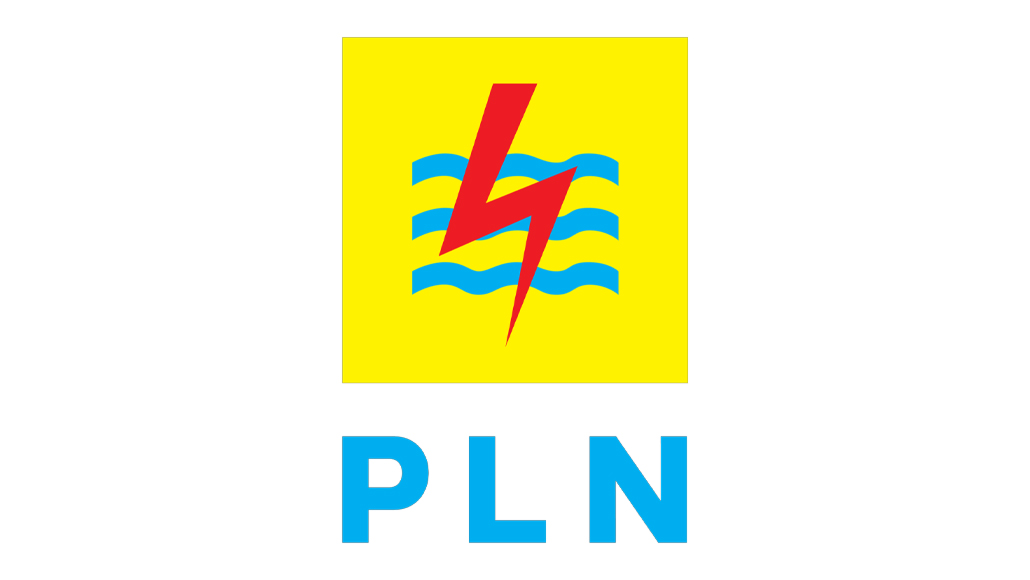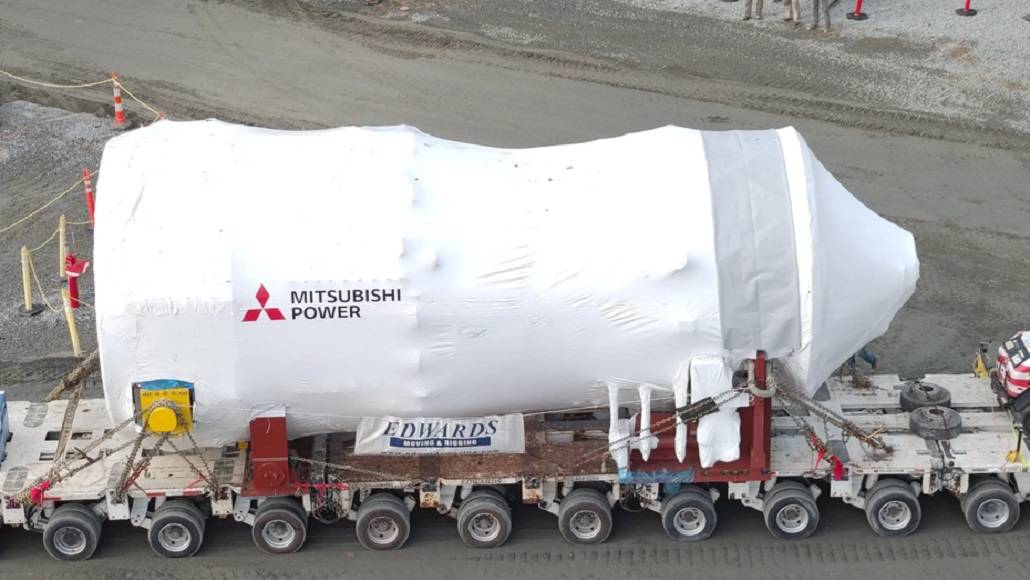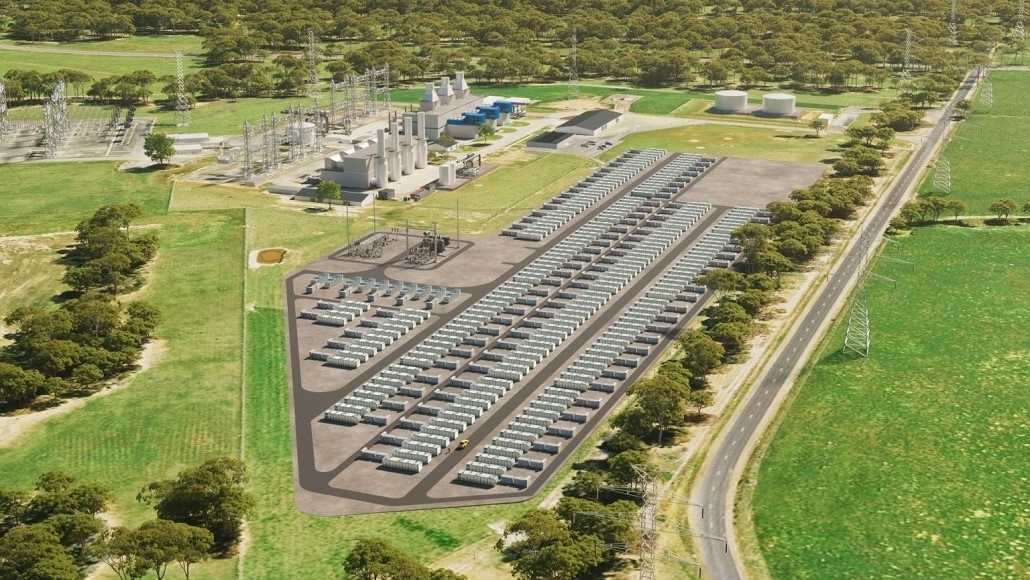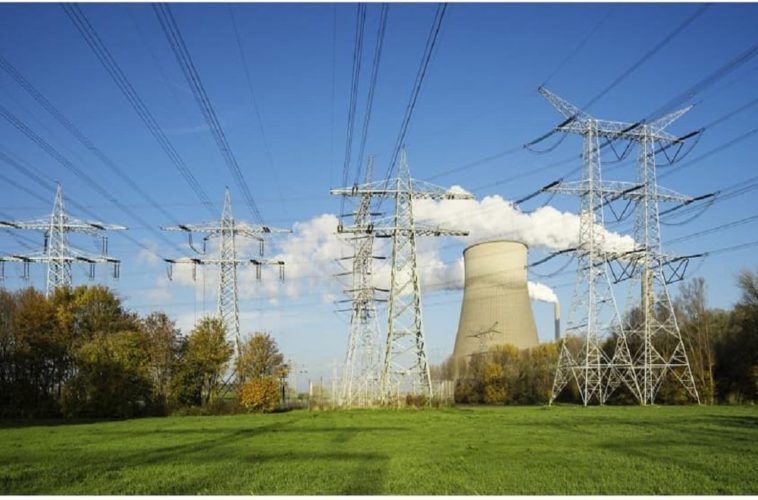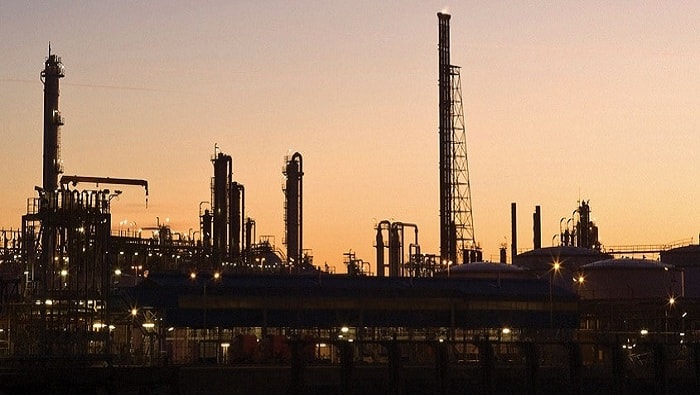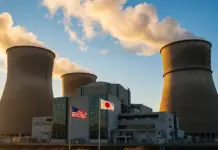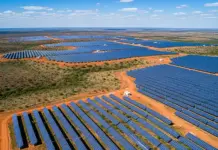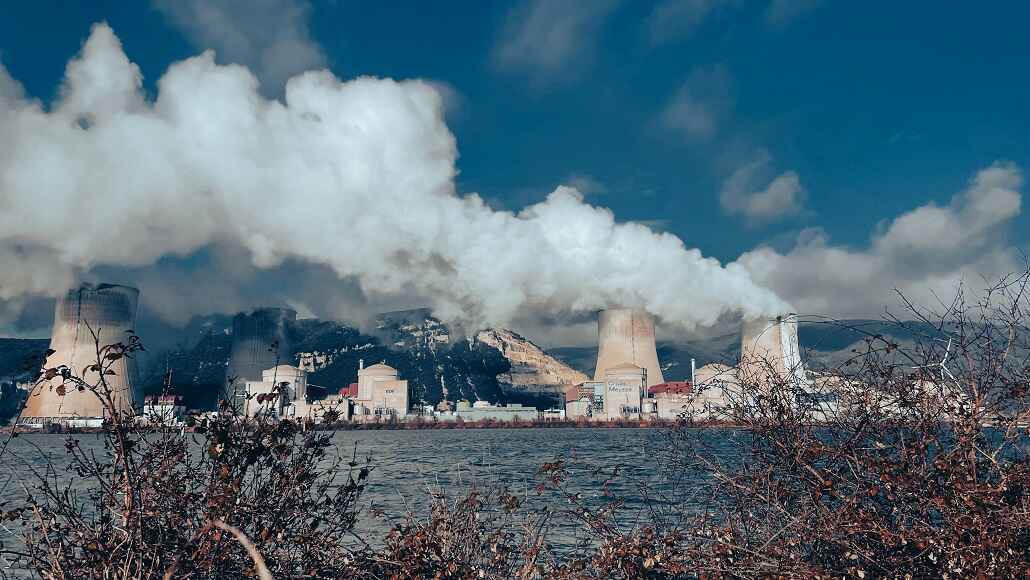High-Level Scenarios for Coal, Methane, and Hydrogen Demand: An Energy Transformation Pathway for Europe
A change of the energy scene is inevitable as Europe sets off its ambitious path towards decarbonisation. Radical changes in energy use during the next three decades demand the phasing out of coal, major declines in natural gas use, and the emergence of substitutes including electrification, hydrogen, and green gases. Though the exact course is unknown, the direction is clear: a sustainable energy system fit for the European Union’s carbon neutrality aim by 2050 is clean.
Along with technology innovation, this aspirational change will call for coordinated policies, strong infrastructure spending, and changes in national and regional approaches. Three main fuels—coal, methane, and hydrogen—and scenarios that investigate their involvement in forming the future energy mix define the core of this energy evolution. While fulfilling new climate targets, these high-level scenarios show different degrees of reliance on electrification, green gases, and hydrogen, thereby changing Europe’s energy paths.
The Part Coal, Methane, and Hydrogen Play in Europe’s Shift
Dependent mostly on fossil fuels including coal, oil, and natural gas, the EU’s energy system is already slowly changing towards decarbonisation. With oil products making more than 35% of the energy mix, overall final energy consumption (FEC) in the EU in 2019 came to roughly 11,000 TWh. While coal, while on a declining basis, remained a vital energy source for high-temperature industrial operations and electricity generation, natural gas accounted for a sizable portion of all the energy consumed. Just twenty percent of FEC came from renewable, nuclear, and fossil fuels—electricity.
The status quo is fast changing, though. Main contributor to greenhouse gas emissions, coal is expected to be phased out totally in most of Europe by 2025. Likewise, the usage of natural gas—mostly methane—will have to be severely cut, if not totally eliminated, unless decarbonisation technology such as carbon capture or methane substitutes are developed. Rising to become a major energy carrier, hydrogen could take the stage in uses for transportation, industry, and electricity storage. Though unavoidable, these changes differ depending on country, industry, and transitional policies.
Pathways of EU Energy Consumption by Sector Up to 2050
Driven by decarbonisation goals and the acceptance of sustainable energy solutions, Europe’s energy consumption patterns spanning transport, buildings, and industry are expected to undergo transforming changes by 2050. Currently depending on oil-based fuels, the transportation industry will witness a significant drop in energy demand through broad electrification, developments in electric vehicles, and increasing use of hydrogen in heavy-duty and long-distance uses. This change will be distinguished from fossil-fuel systems in greatly increased efficiency, therefore lowering the total energy demand. In buildings, better energy efficiency standards, renewable-powered heating systems, and electric heat pumps together will significantly lower heating and cooling energy use.
Concurrent with the adoption of hydrogen and other clean energy carriers for operations like steel and cement manufacture, the industrial sector—though more difficult to decarbonise due to its reliance on high-temperature processes—will see modest reductions in energy use through electrification. The general shift across all sectors will replace fossil fuels with renewable electricity, hydrogen, and green gases, thereby underlining the vital necessity of integrated policies, infrastructure investments, and innovation to guarantee Europe reaches its climate neutrality targets by 2025.
Rising Star of the Energy Transition: Electrification
Following one of the more ambitious paths, a scenario with a strong concentration on electrification will cause Europe’s energy consumption to change significantly to become mostly dependent on electricity. A convincing chance to decarbonise several sectors, including industrial, domestic heating, and transportation, electrification offers is shown. Under this scenario, practically all road transport as well as a good portion of water and air travel would switch to electric sources. Residential structures would embrace electric heat pumps and other renewable-powered systems, now mostly dependent on fossil fuels for heating and cooling.
Especially wind and solar, this electrification surge would demand a significant and quick deployment of renewable electricity generation. To guarantee consistent energy supply, even under maximum demand, the change would also need large expenditures in resilience, interconnection, and capacity of the electricity system. To offset the intermittent character of renewable energy, seasonal and temporary flexibility including demand-side management and battery storage would be absolutely vital. Hydrogen and synthetic gases would play more minor roles as electrification speeds up, filling niche uses in energy systems where direct electrification is not practical.
The advantages of electricity transcend decarbonisation. Especially in transportation, electric systems are by nature more efficient than their fossil-fuel equivalents. Compared to the 20–30% efficiency of internal combustion engines, electric vehicles, for example, turn over 75% of the electricity from the grid into motion. This efficiency could lower general energy demand, therefore relieving some burden on infrastructure and manufacturing.
Hydrogen: A Future Key Energy Carrier
Celebrated as a flexible and environmentally friendly energy carrier, hydrogen offers another transforming avenue for Europe’s energy future. Particularly in industrial processes, long-distance travel, and seasonal energy storage, hydrogen would take a major role in a hydrogen-oriented scenario among other energy sources. While imported hydrogen could help supply to meet rising demand, domestically produced hydrogen would give flexibility and backup for renewably powered grids.
Hydrogen’s promise resides in its capacity to replace fossil fuels cleanly in industries difficult to decarbonise. Its usage in high-temperature industrial operations including chemical manufacture and steelmaking provides a workable means of lowering emissions. Moreover, hydrogen may be very important for supplying dispatchable electricity amid low renewable generation, therefore guaranteeing grid stability and dependability.
Large-scale hydrogen adoption, however, calls for major infrastructure expenditures including building new hydrogen pipes and modifying already-existing natural gas pipelines. Salt caverns and other hydrogen storage options would also have to be enlarged to fit seasonal storage on a big scale. Should domestic production prove inadequate, Europe may rely on imports from areas rich in renewable energy, such North Africa or the Middle East, therefore augmenting geopolitical aspects of its hydrogen approach.
Green Gases: Making Use of Current System
The third scenario sees a major part for green gases including synthetic methane and biomethane in the future energy mix of Europe. Derived from industrial processes or renewable sources, these gases present a carbon-neutral substitute for fossil methane. Green gases offer a scalable and reasonably priced way to decarbonise energy systems using already-existing natural gas pipelines and storage equipment, therefore saving significant infrastructure costs.
Made from anaerobic digestion of organic waste, biomethane is already becoming somewhat popular in Europe. About 3% of the total gas supply, the EU generated in 2019 about 160 TWh of biogas. Further investment and regulatory assistance will help biogas and biomethane production to grow dramatically, lowering Europe’s reliance on imported natural gas.
Another interesting route is synthetic methane made from methanation of hydrogen and collected CO2. Although energy needs are significant and manufacturing prices are still high, developments in technology might make synthetic methane more competitive in the next decades. Under this situation, synthetic liquid fuels may decarbonise some of the transportation sector but important shares of domestic heating and industrial energy needs would still depend on gas grids.
Green gas generation, however, is energy- and resource-intensive and calls for thorough study of feedstocks, scalability, and long-term viability. Though their contribution in the larger energy transition is probably still complementary, support policies including subsidies or carbon pricing schemes could assist offset costs and encourage uptake.
Difficulties and Unknowns in the Shift
Although these models offer a structure for investigating possible energy futures, the road to decarbonisation is not clear-cut. Member States’ National Energy and Climate Plans (NECPs) reflect different degrees of ambition and technological preparedness, hence their approaches and projections vary as well. JRC models, for example, show greater cuts in energy consumption and fossil fuel use than in NECPs, therefore emphasising disparities between national and EU-wide policies.
Another major obstacle is infrastructure. Whether emphasising electrification, hydrogen, or green gases, Europe has to strike a balance between the expenses and advantages of developing new infrastructure vs reusing current assets. Long-term effects of choices on pipeline compatibility, storage options, and grid capacity will be on the efficiency and flexibility of energy systems.
Furthermore influencing the energy transition in unexpected directions will be consumer behaviour, technology developments, and governmental objectives. Essential guides for investments, incentives for innovation, and a fair and equitable transition for all Member States will be comprehensive policies, open reporting, and harmonic measures.
In essence, a balanced and aspirational approach
Among the most important opportunities and challenges of the twenty-first century is Europe’s energy revolution. The interaction of electrification, hydrogen, and green gases will define the capacity of the continent to reach its climate targets and guarantee energy security and economic development. Examining high-level scenarios helps stakeholders and legislators to plot a course that strikes a mix between aspiration and reality, creativity and pragmatism.
Europe’s energy grid must get more distributed, efficient, and resilient as it moves away from coal and fossil gas. The future of energy in Europe is one of transformation and possibilities whether through the electrification of transport, the ascent of hydrogen as a clean fuel, or the integration of green gases into current networks. Europe can lead the worldwide energy transition and show the force of a common vision for a sustainable future by means of consistent investment, unambiguous regulations, and cross-border cooperation.


